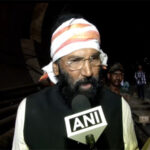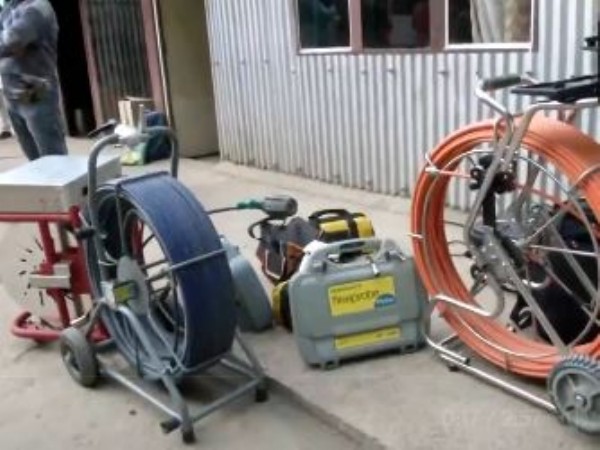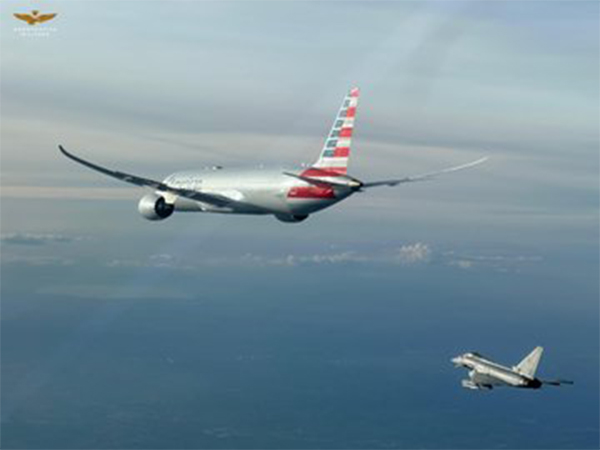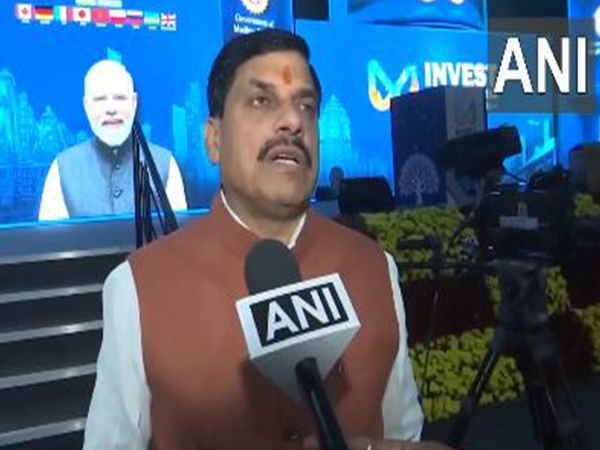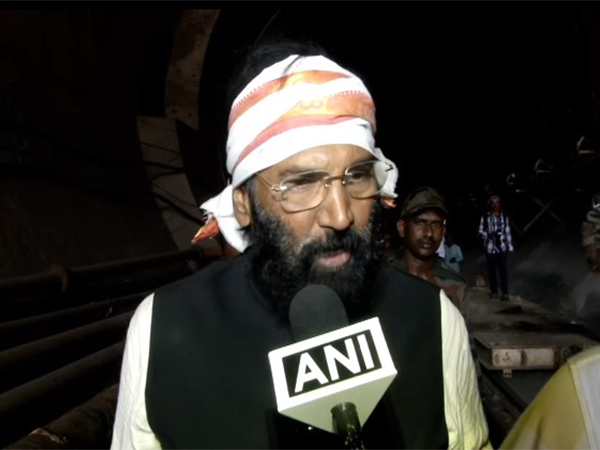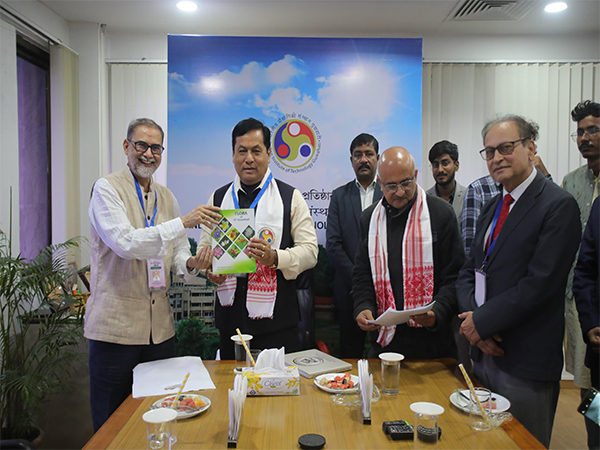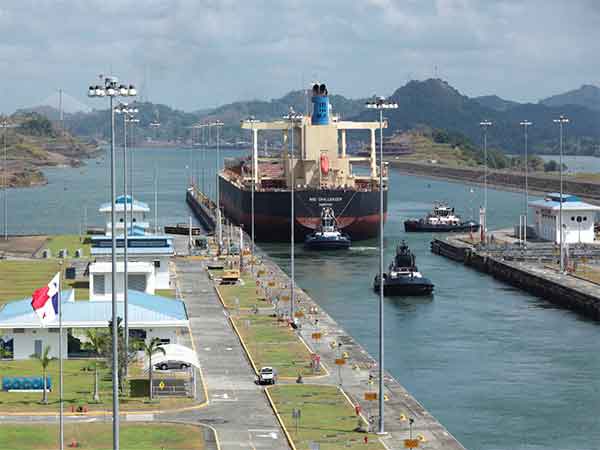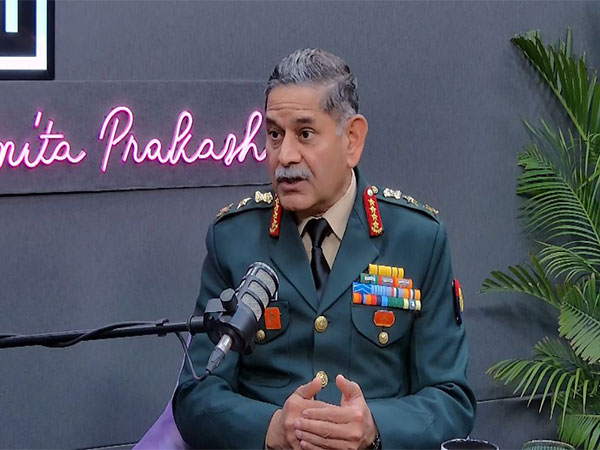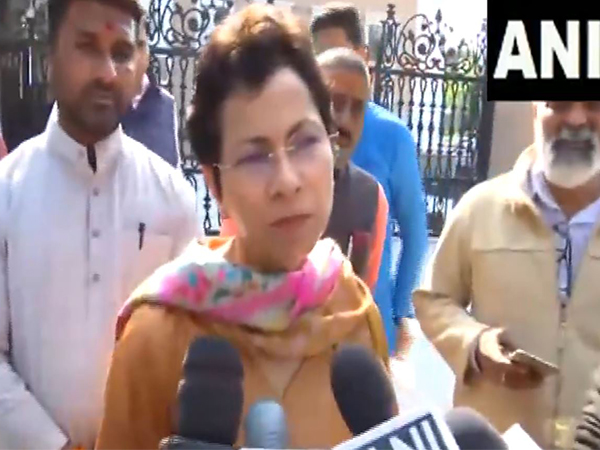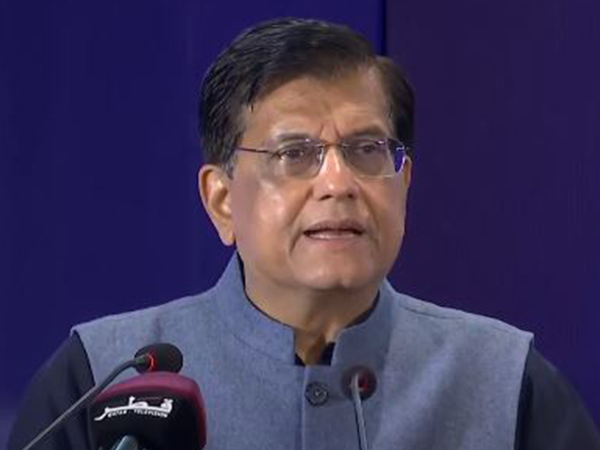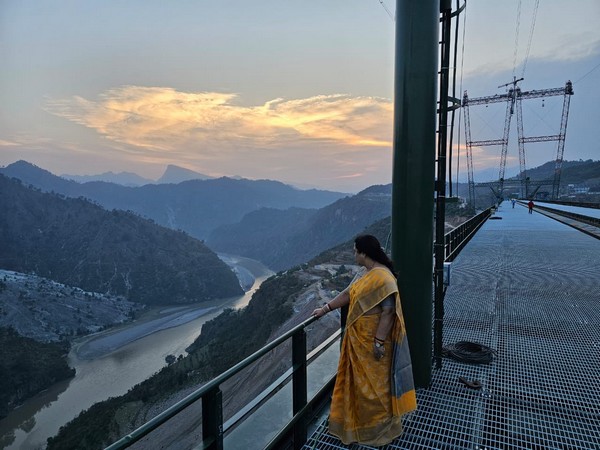
Srinagar [Jammu and Kashmir], May 2 (ANI): India’s engineering prowess in building the world’s tallest railway bridge in Jammu and Kashmir has come in for special mention by the Global TV network, CNN. The Chenab Rail Bridge, constructed 359 metres (around 109 feet) above the Chenab River in Jammu and Kashmir region, is some 35 metres taller than the Eiffel Tower.
The Ministry of Railways has said that the bridge will be open to visitors by the end of December 2023 or January 2024. The 1,315 metre-long bridge is part of a broader project which aims to make the Kashmir valley accessible by the Indian Railway network. Apart from the Chenab Rail Bridge, The Udhampur-Srinagar-Baramulla Rail Link (USBRL) project also includes what is set to become the country’s longest transportation tunnel and Indian Railways‘ first cable bridge.
For Prime Minister Narendra Modi, the Chenab Rail Bridge and the broader rail link project can be seen as a powerful tool for social integration and political influence, connecting disparate regions with key cities, according to CNN. Michael Kugelman, director of the South Asia Institute at the Wilson Center said, “The bridge and the greater connectivity it’s meant to create will be projected by New Delhi as another big victory for the region’s development.”
The report published in CNN read, connecting Kashmir with the rest of India by train will significantly boost the region’s industrial and agricultural sectors by allowing all-weather rail connectivity between Kashmir Valley and the rest of India.
Previously, the winding 300-kilometre (185-mile) Srinagar-Jammu national highway–which is frequently the scene of car accidents and closes for part of the winter–was the only land route connecting Kashmir with the rest of the nation. Anil Kumar Mehendru, vice president of the New Kashmir Fruit Association told CNN, “We are getting a lot of problems going across the road,” adding, “Once we will be connected by train with the rest of India, it will be a big boost to this industry, agriculture as well as fruit.”
The bridge also has political implications, as it’s seen as a “means of integrating Kashmir into India,” said Sushant Singh, a senior fellow at the Centre for Policy Research in India, reported CNN.
The Indian Railways on April 5, 2021, completed the Arch closure of the iconic Chenab Rail Bridge, the world’s highest railway bridge, which is part of the Udhampur-Srinagar-Baramulla rail link project (USBRL).
According to a statement issued by the ministry, the Arch closure was one of the most difficult parts of the bridge over Chenab and its completion is a major leap towards the completion of the 111 km-long winding stretch from Katra to Banihal. It is arguably the biggest civil-engineering challenge faced by any railway project in India in recent history. The 5.6-meter last piece of metal was fitted at the highest point today and joined the two arms of the arch that currently stretch towards each other from both the banks of the river. This completed the shape of the arch that will then loom over the treacherous Chenab, flowing some 359 meters below, said the ministry in a statement.
“At present, it takes 12 hours via road (Katra-Banihal), but after completion of the bridge, distance via train would be halved. The completion is expected in two years,” Northern Railway General Manager Ashutosh Gangal told ANI.
According to the ministry, the arch consists of steel boxes. Concrete will be filled in boxes of the Arch to improve stability. The overall weight of Arch is 10,619 MT. Erection of the members of the arch by overhead cable cranes was done for the first time on Indian Railways.
The most sophisticated ‘Tekla’ software and steel suitable for -10°C to 40°C temperature has been used for structural detailing, it said. Enlisting the unique features of the bridge, the ministry said that it is designed for blast load in consultation with the DRDO for the first time in India and can withstand high wind speed up to 266 km per hour and bear earthquake forces of the highest intensity zone-V in India.
It further said that the bridge will remain operational at a restricted speed of 30 km per hour even after the removal of one pier/trestle. As per the ministry, for the first time on Indian Railways, a Phased Array Ultrasonic Testing machine used for testing welds and NABL accredited lab was established at the site for weld testing, adding that 584km welding was done to join the different parts of the structure, which is to the tune of the distance between Jammu Tawi to New Delhi.
The height of the cable crane’s pylon at Srinagar End is 127m, which is much taller than Qutub Minar’s which is 72m. (ANI)






